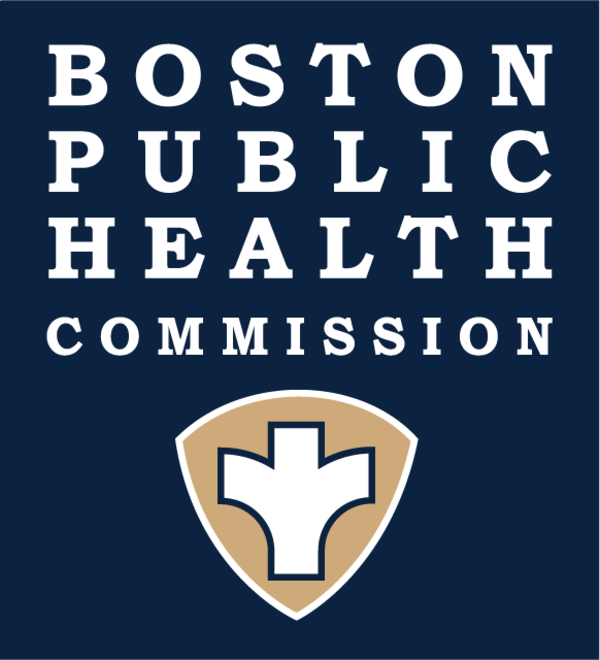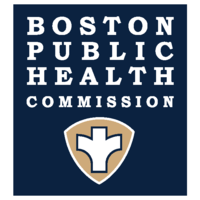Water Safety
Information and resources on how to solve and prevent water safety problems.
- Approximately 10 people a day die from unintentional drowning, two of which will be children 14 or younger.
- Drowning is the leading cause of preventable, injury-related deaths among 1-4 year olds.
- Swim lessons, proper supervision, and correct use of life jackets can prevent many of these deaths.
Water Safety
65% of African American and 45% of Latinx children in the U.S. (and children in homes with an income under $50,000/yr.) have little to no swimming ability. African American children 5-19 drown at a rate 5.5 times higher than white children with those between 11 and 12 drowning at an even higher rate of 10 times their white counterparts (CDC).
The ability to swim should cross generational, racial and economic lines. One month of formal lessons can reduce the possibility of childhood drownings by almost 90% (USA Swimming Foundation).
Remember: No one is completely safe from drowning, even with proper swimming lessons. But, swimming lessons can make us all safer in and around water.
To find a local pool and enroll in swimming lessons, or join a USA Swimming Foundation swim team, click here.
Visit Boston Centers for Youth and Families (BCYF) to find your closest city pool. Additionally, you can learn more about year-round registration for indoor pools and seasonal registration for outdoor pools.
Learn to Swim
Knowing how to swim can help keep you and your child safe when you are near water. Use this Swim Safe Boston page to find community pools that offer free swimming lessons for children of Boston.
The following tips can help people of all ages stay safe around water:
- Know where the lifeguard is at all times. Stay within their sight line in case of emergency
- Caretakers should always supervise children. Stay within arms reach even with a lifeguard present
- Never drink and swim. Alcohol can impair your judgement and depth perception
- Never dive into water less than 10 feet deep. The safest way to enter water is always feet first
- Don’t use water toys, noodles, or floaties as life savers. These items cannot replace a life jacket or Coast Guard approved personal floatation device
- Keep long hair tied up and away when swimming. Consider using a swimming cap
Pool, Ocean, River, and Lake Safety
Pools
- Never drink chlorinated pool water
- Only swim in designated swimming areas, and obey all signs around the pool
- Make sure a lifeguard is present when swimming in a public pool
- Always swim with an adult present at an at-home-pool
- Shower before entering the pool to avoid spreading germs
- Rinse off after exiting the pool to remove chlorine from your hair and body
- Never swim in an outdoor pool during a lighting or thunder storm
Oceans/Rivers/Lakes
- Never drink ocean, river, or lake water. It may be polluted with contaminants
- Only swim in designated areas and read all posted safety signs
- Only swim when a lifeguard is present
- Shower before entering any open body of water to remove potential contaminants
- Rinse off after swimming to remove bacteria
- Check weather conditions and obey all weather advisories before swimming outside
Water Safety at Home
Drownings can happen quickly and quietly. Infants can drown in as little as one inch of water. Follow these tips to prevent home drownings:
- Stay within arms reach of a child in the tub. Hold infants for the entire bath
- Never leave the room or become distracted while your child is in the bath
- Baby bath seats are used for comfort, but will not prevent your child from drowning
- Empty and turn over all buckets and other water receptacles when not in use
- Use child safety locks on toilets and close bathroom and laundry room doors behind you
- If you have a pool or jacuzzi on your property be sure to have it fenced off
- Prevent burns by checking bath and running water with the inside of your wrist before placing children in the bath or washing their hands. 100°F is the perfect temperature for bath water





